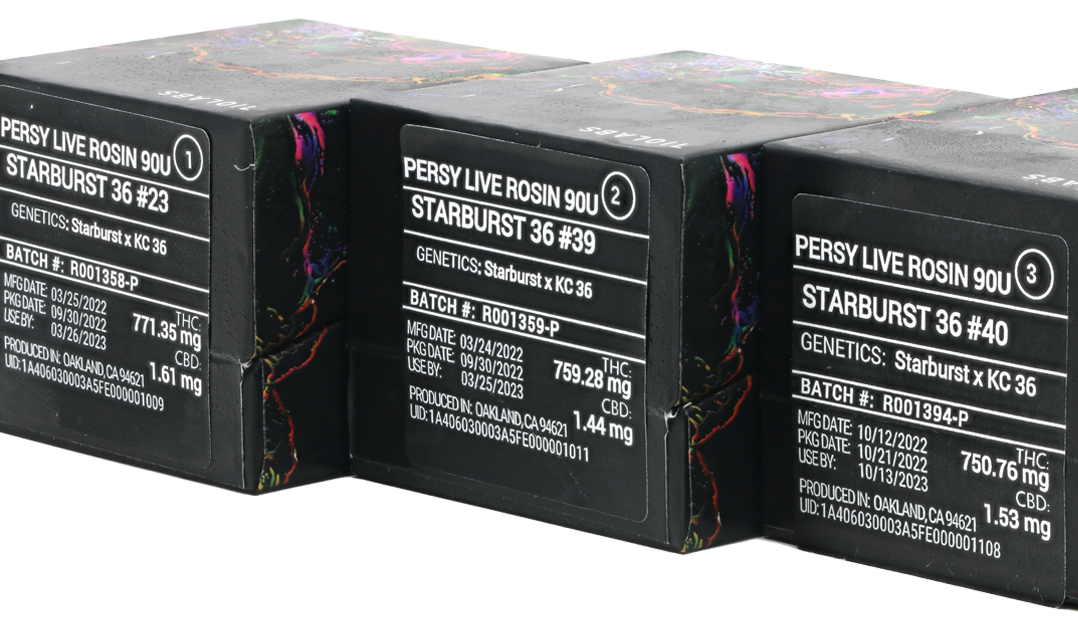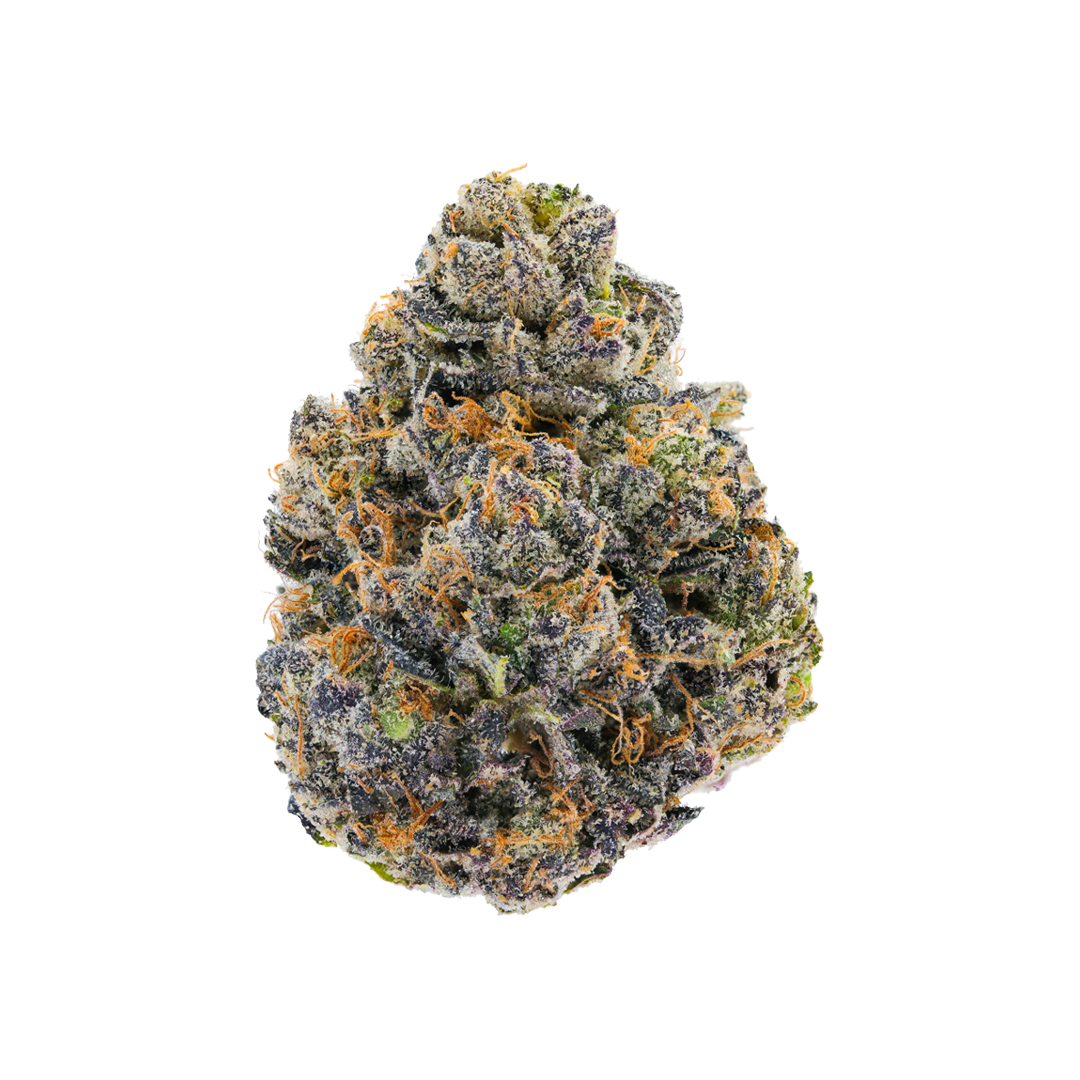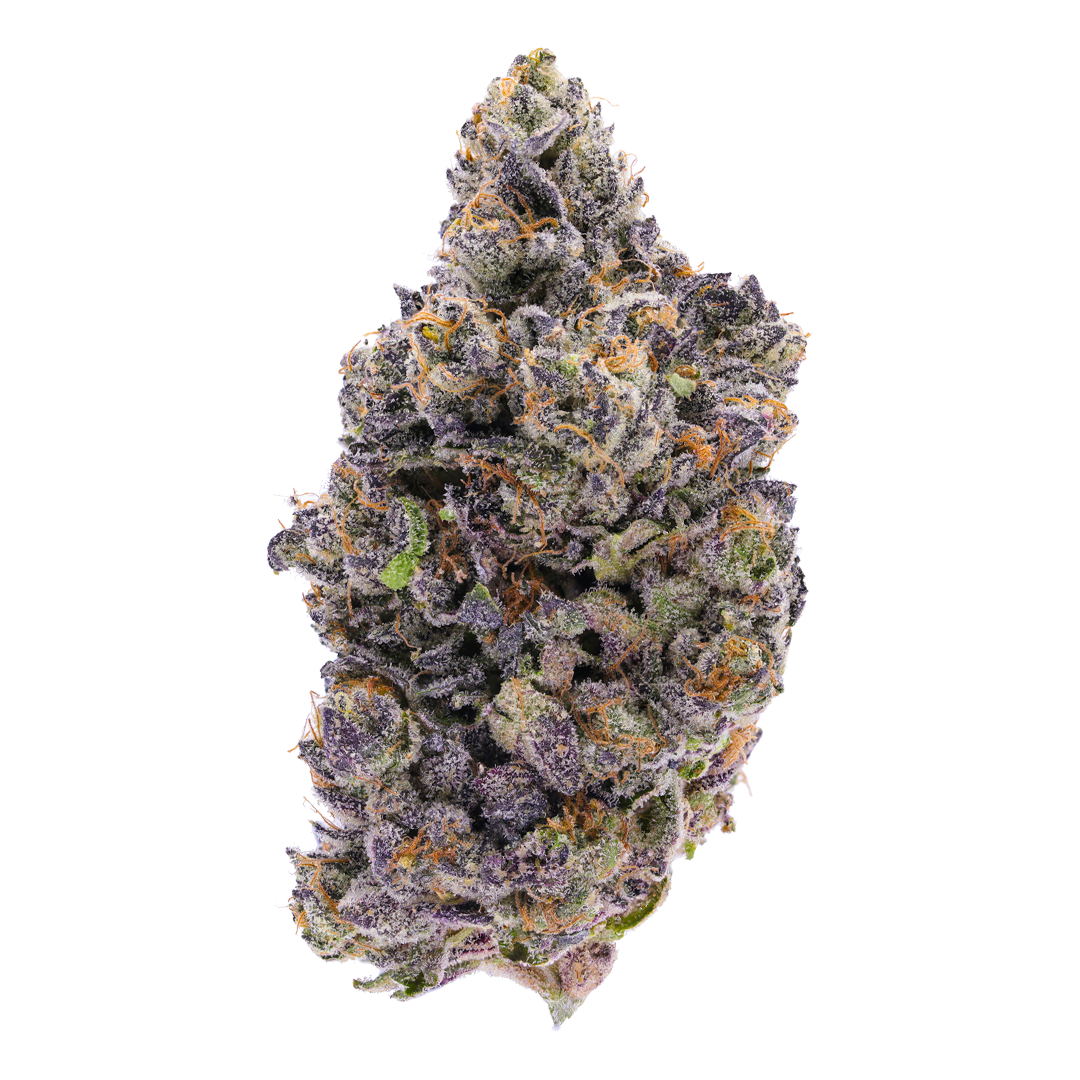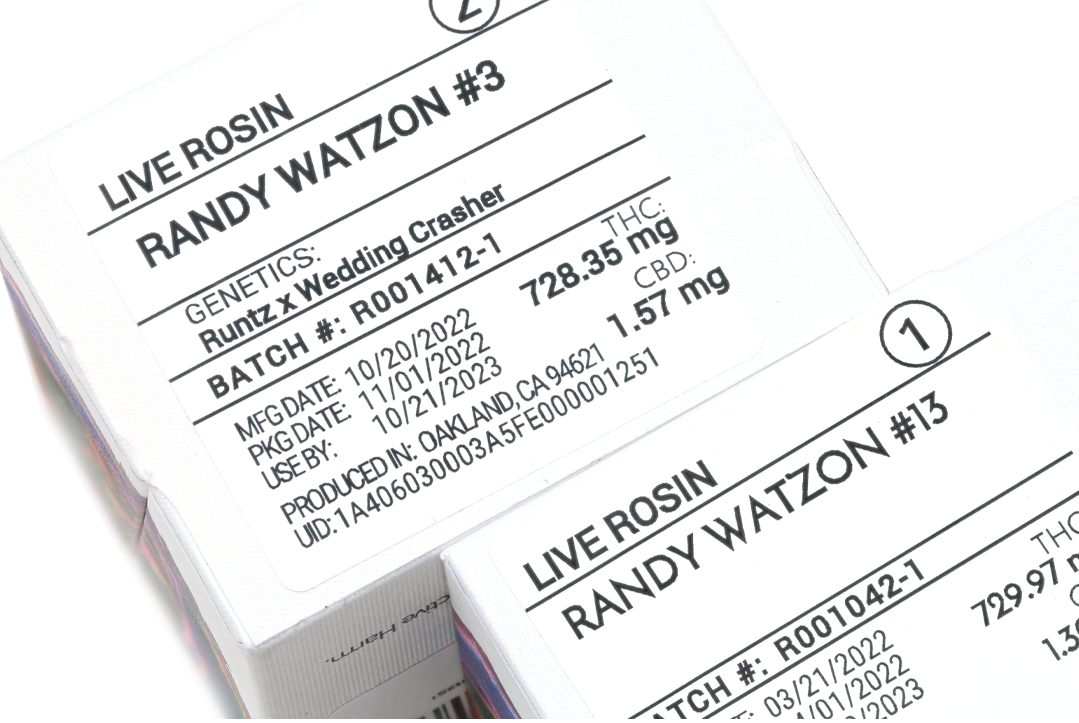Pheno Hunting
What up with the numbers next to 710 Labs strains
In short, they reflect the phenotype you’re smoking.
The phenotype – the number you see next to certain cultivars in our catalog (ex. Gakolina #9) – refers to the specific seed. When Pheno Hunting, we’ll acquire a pack of seeds from a trusted breeder and “pop” or grow all the seeds in that pack. We might get ten to fifty seeds of a specific cultivar and this is where the pheno hunting process starts. We’ll plant and grow all fifty seeds and give each a number from 1-50. The seeds are referred to as different phenotypes.
Why do we do this?
You’d assume that because all fifty seeds came from the same father plant, they’d all be the same, but that’s not the case. Some phenos can be shorter plants, some taller. One can taste and smell much sweeter while another could be more earthy. In our case, there are a few characteristics we target when Pheno Hunting: that perfect combination of plant structure, resin production, pathogen resistance, and terpene profile – with the terps holding slightly more weight than the rest.
So, what’s the point?
When growing cannabis, especially for extraction purposes, dialing in particular traits of a cultivar is essential in maintaining quality, consistency, and efficiency. As the seed matures, we seek the truest expression of the genetics at hand and choose the seed number, or numbers, in some cases, that reflect the genetics most accurately.
Randy Watzon is a good example of this.
We have two phenos: #3 and #13. While both are true to their genetic lineage (Runtz x Wedding Crasher), the #13 leans into a Runtz-forward sweetness that finishes with a Wedding Cake mouth coat. Conversely, the #3 delivers a creamy, gasoline profile: cake in your face with minimal Runtz flavor on the backend. Ultimately, we kept both because of their unique flavor profiles as well as their viability. The more you know!





